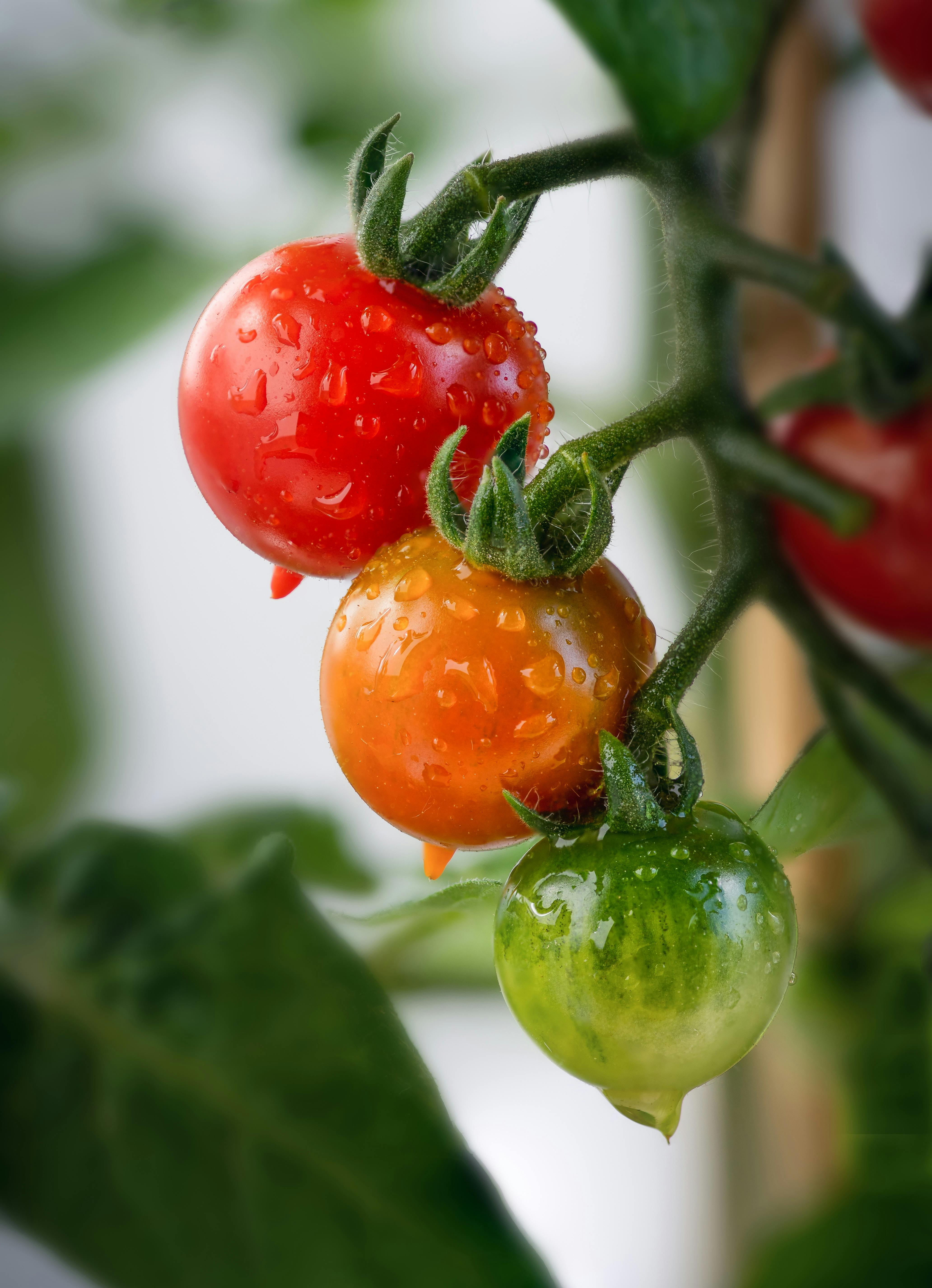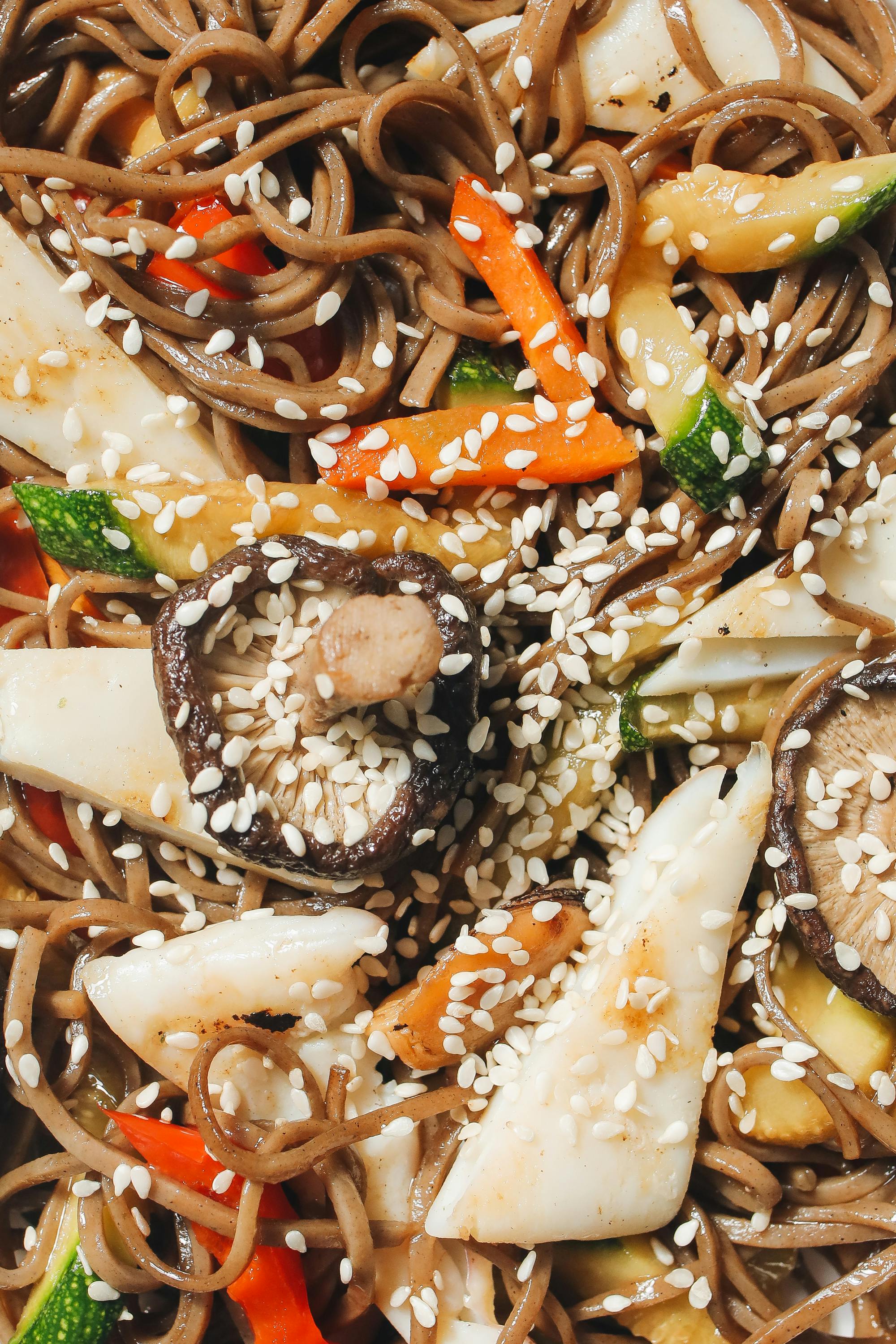Effective Ways to Pickle Peppers for Modern Enjoyment in 2025

Essential Guide to Pickling Peppers for Modern Enjoyment
As we step into 2025, the art of pickling peppers has not only persisted but flourished, providing an enduring way to enjoy the vibrant flavors of fresh peppers. This guide explores the various methods, recipes, and tips for how to pickle peppers, ensuring that everyone can embrace this culinary technique—whether you’re seeking homemade pickled peppers for sandwiches or unique spicy pickled peppers to spice up your dishes.
Pickling peppers is a practical and rewarding process that allows you to preserve seasonal produce while also infusing it with a range of delicious flavors. One of the biggest benefits of pickling is the long shelf life it affords your produce, allowing you to enjoy the tastes of summer well into the colder months. By exchanging knowledge of preservation techniques, recipes, and tips for successful pickling, you'll become an adept pepper preserver in your kitchen.
In this article, we will delve into the following key areas:
- Choosing the right peppers and understanding their flavor profiles.
- Step-by-step instructions on how to prepare pickled peppers effectively.
- Various pickling methods including quick and refrigerator pickles.
- Creative variations, including using spices and flavored brines.
- Tips for successful storage and serving of your homemade pickles.
Stay tuned for an exploration of this tantalizing culinary tradition and learn how to transform simple peppers into delightful condiments that enhance your meals.
Choosing the Best Peppers for Pickling
Before embarking on the pepper pickling process, it's critical to select the best peppers for your recipes. Different varieties offer unique flavors and textures, impacting the final outcome of your pickled dishes.
Top Pepper Varieties for Pickling
When considering how to pickle peppers, opt for varieties known for their favorable pickling qualities. Some of the best peppers for pickling include:
- Banana Peppers: Mild and sweet, they add a crunchy texture and are excellent for salads or sandwiches.
- Jalapeños: Spicy and bold, they're perfect for those who enjoy heat.
- Green Bell Peppers: Versatile and available year-round, they add freshness and mild flavor.
By selecting the right peppers, you will ensure that your final product is not only flavorful but appealing, allowing for a diverse range of culinary uses.
Understanding Pepper Heat Levels
Before pickling, understanding the heat levels of different peppers is essential. Peppers such as habaneros are much hotter than bell peppers. If you are uncertain, use a heat scale to select your preferred level for your pickled pepper creations, and don't be afraid to mix different varieties to create the perfect flavor profile.
Incorporating Fresh Peppers into Recipes
Whether you're using fresh peppers from your garden or farmer's market, their freshness is key. Look for blemish-free options with vibrant colors and firm textures. Avoid using any that show signs of spoilage, as they won't yield good results in pickling. Ensure the peppers you choose are seasonal, ensuring the best flavor and quality.
Once you have your peppers, you’re ready to start exploring the various techniques for pickling peppers!

Step-by-Step Process for How to Pickle Peppers
This section will guide you through the essential steps to successfully pickle your peppers, resulting in delicious homemade pickled peppers. Each step is crucial to ensure that the end product is flavorful and safely preserved.
Preparing Peppers for Pickling
Begin with washing your selected peppers thoroughly. If you prefer a milder flavor, you can also consider removing the seeds and membranes, which house most of the heat. Slice the peppers into your desired shape, whether rings, halves, or left whole, depending on how you plan to use them later.
Creating a Perfect Brine Solution for Pickling
The brine solution is the heart of the pickling process. A typical vinegar-based brine contains vinegar, water, salt, and sometimes sugar. The ratio of vinegar to water usually should be about 1:1, but this can be adjusted based on your preferred acidity level. Experiment with different pickling spices such as mustard seeds, peppercorns, or garlic to customize the flavor profile further.
Step-by-Step Guide to Canning Pickled Peppers
If you're looking to store your pickled peppers for the long term, canning is the best option. Be sure to sterilize your jars before beginning the canning process. Pour the hot brine over the prepared peppers, leaving a little headspace, and seal with a sterilized lid. Process your jars in a water bath canner for the required time based on your altitude for optimal preservation.
Common Mistakes to Avoid in Pickling
Adhering to proper food safety guidelines is critical when canning. Using the right proportions of vinegar and salt is essential to keep the acidity levels appropriate for preservation. Always follow safe canning practices and avoid shortcuts that can compromise the quality of your pickled peppers.
This brings us to the next important aspect of pickling: the different methods available to ensure you can create the perfect pickled peppers!

Exploring Different Pickling Methods
The beauty of pickling is in the variety of methods you can use, each offering unique flavors and convenience levels. Here are some popular methods for preserving peppers that can suit any kitchen.
Quick Pickling Vs. Canning
Quick pickling, often stored in the refrigerator, is a convenient method of pickling that allows you to enjoy pickled peppers within hours instead of weeks. This method uses a simple vinegar brine and doesn’t require the canning process, making it perfect for last-minute dishes or to enjoy throughout the week. On the other hand, traditional canning creates long-lasting shelf-stable pickles.
Refrigerator Pickles: Easy and Convenient
For those new to the pickling scene, refrigerator pickles are an excellent starting point. After preparing your desired peppers and making your brine, simply place the peppers in a jar, cover with brine, and refrigerate. These are best enjoyed fresh, generally within a month, making them a perfect, quick addition to meals.
Fermented Pickled Peppers for Added Flavor
Fermentation adds a tangy depth of flavor to your pickled peppers. To ferment, simply mix your peppers with a saltwater solution and let them sit in a cool, dark place for a few weeks. This method not only preserves your peppers but also introduces probiotics and adds health benefits concerning gut health.
Spicy vs. Sweet: Customizing Your Pickling Experience
Another way to create distinct flavors is by incorporating sweetness or spiciness into your pickling brine. By adding sugar to your brine, you can make sweet pickled peppers that can double as a condiment or snack. Alternatively, infusing brine with extra hot peppers or seasoning with chili flakes creates a spicy twist. The balance of flavors is essential, so feel free to taste and adjust until you achieve the desired result.
Now that we've established the various methods of pickling, let’s move on to how you can effectively store your pickled peppers!
Storing Pickled Peppers for Long-lasting Freshness
Proper storage plays a crucial role in enjoying your pickled peppers long after their initial preparation. Understanding the correct practices for storing your creations will help you maintain their crispness and flavor.
Understanding the Shelf Life of Pickled Peppers
The shelf life of your pickled peppers varies based on storage methods. Canned pickles can last for up to a year on a sterile shelf, while refrigerator pickles should be consumed within a few months. Be sure to check for signs of spoilage, such as any off smells or bubbles, to ensure your pickled peppers remain safe to enjoy.
Storing in Glass vs. Plastic
When it comes to the best containers for your pickled peppers, glass jars are typically recommended due to their non-reactive quality and ability to maintain flavor integrity. Avoid using metal containers for long-term storage as they can react with acidity. Properly sealed jars will help ensure optimal storage conditions, reducing the risk of spoilage.
Using Pickled Peppers in Creative Recipes
Homemade pickled peppers can elevate simple dishes into something extraordinary. From adding them to salads to incorporating them in tacos or burgers, pickled peppers serve as delightful toppings and flavor enhancers. They can even be a flavorful addition to quick snacks or appetizers, like pickled pepper salsa or pickled pepper chutney.
Creative Ways to Serve Pickled Peppers
Consider various ways to incorporate pickled peppers into your meals; they can serve as a zesty addition to burgers, jazz up nachos, or be used in sandwiches for a burst of flavor. Don't hesitate to get creative—experiment with flavors and presentation for the ultimate pickled pepper enjoyment!
Q&A: Common Questions About Pickling Peppers
What are some common mistakes to avoid when pickling peppers?
Common mistakes include not using enough vinegar for acidity, failing to sterilize jars correctly, and not packing the peppers tightly enough. Always follow tested recipes to ensure proper ratios and guidelines to avoid spoilage.
How long should I let my peppers pickle?
The time required for pickling varies depending on the method chosen. In general, quick pickled peppers can be enjoyed within a few hours, while canned pickles are best after they have rested for at least two weeks to allow the flavors to develop fully.
Can I reuse pickling brine?
Yes, leftover brine can be reused for new batches of pickles, especially if it's still clear and hasn't been contaminated. However, its flavor might change, which can result in slightly different taste profiles in subsequent uses.
What should I do if my pickled peppers go soft?
If your pickled peppers become soft, it could mean a failure in the preservation process or that they weren’t fresh when pickling. To avoid this, always start with firm, fresh peppers and closely follow the safe canning practices outlined earlier.
Can I produce flavored pickles?
Absolutely! Experimentation is encouraged—add different herbs, spices, or fruits to tailor the flavors to your liking. The balance of flavors can create unique profiles that enhance your culinary creations!
As we conclude this exploration into pickling peppers, embracing these techniques will not only enrich your dishes but also bring the joy of preserving food into your home. Happy pickling!